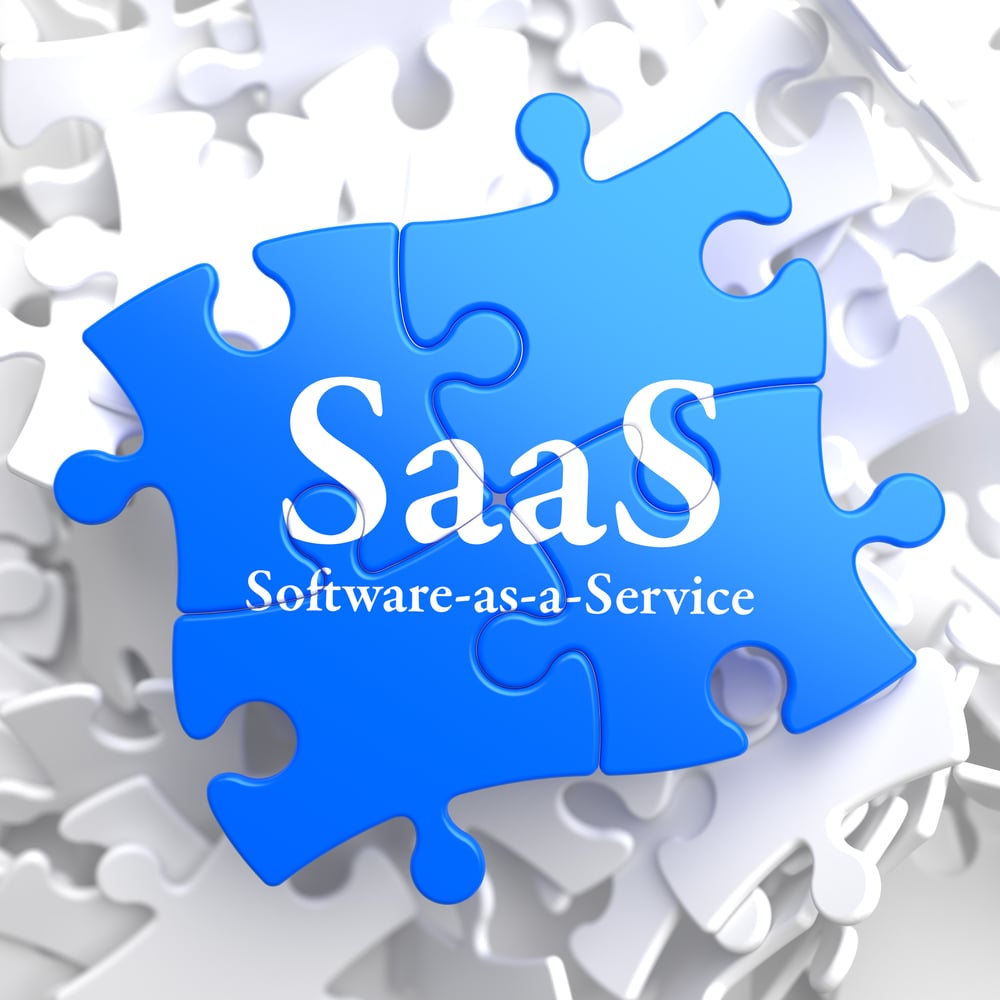Top 3 Program Management Software Features Your Organization Can’t Do Without
In today’s fast-paced and dynamic federal, state, and locally funded environments, program management and reporting software is a must for busy...
3 min read
![]() Projexis
Dec 6, 2022 4:56:00 PM
Projexis
Dec 6, 2022 4:56:00 PM
.png)
It’s program kick-off time. Your initial program management software launch happened without a hitch. Now internal teams and stakeholders are gathered to outline the ways the software should be configured to meet specific reporting needs and compliance requirements.
Many users are receptive to using a new software to make their jobs easier and more efficient. But inevitably, there are some who are not happy out it. They voice their negative opinions loudly, or worse, not at all. Here are our top tips to maximizing user adoption and turning naysayers into believers:
1. Listen to Feedback-Even if its Negative
2. Help Technophobes Overcome their Fears
4. Don’t Let Managers Be Enablers
Without full-scale user adoption, the funding and resources dedicated to building new infrastructure or recovering from a disaster can’t reach their full potential. Your organization risks compliance errors when procedures and protocols aren’t followed, audit trails are broken, or data records, dashboards and KPI reports are incomplete.
The good news is that you can manage many user adoption pitfalls if you look for them right off the bat.
In any program launch, there are going to be naysayers. As difficult as that can be, don’t dismiss them without hearing what they have to say. Some team members assume no one will listen, so they get sour and often ignored. But they may have some valid points that can help generate new ideas or uncover less obvious challenges.
If you don’t give their ideas air and work with them to solve the issue, you may find yourself with a major bottleneck down the road. If they are willing, give them a chance to contribute and take some level of ownership of the implementation. You may have just found your next champion!
All organizations have them: users who are afraid of learning new technology. You’ve already provided the training and they put if off, or they are just too embarrassed to verbalize their fears. Now they think it’s too late to ask questions, so they simply don’t use the system. But that’s not ok. Seek out the technophobes and be patient.
Dedicate some 1-1 time to walk them through and get comfortable, starting from initial log-in, through each of their tasks. Make them drive so they become familiar with the system navigation and start to develop confidence.
Along the way, demonstrate how their refusal to use the system is hindering the project overall. Follow up with cheat sheets, crib notes, and any guidance they need to remove the barriers that are preventing them from becoming consistent and proficient users.
Rolling out a new program across an organization can be a challenge if you don’t know the culture across offices and departments. These types of users typically reveal themselves during kickoff and requirements gathering sessions – they sit together, chat among themselves, spend time “responding to emails” on their phones, or bring other work to “busy” themselves during these sessions.
No matter how enthusiastic you are, some users simply don’t care and are disengaged from the team for reasons you may not be aware of. Just like in point 1, it’s important to take the time to bring these issues to light from the start because they can impact user adoption on a larger scale if not addressed.
Find ways to get the disengaged more engaged through participation in user adoption testing activities where they can serve as part of the solution and contribute their ideas.
It’s a manager’s job to champion new technology being used by their team. But long after a manager educates their team on that new technology, problems can arise if they turn a blind eye to those who are sidestepping the process.
If the new system involves electronically transferring files for approval, don’t let a team member continue to print them for a manual signature. It might be uncomfortable to confront non-adopters, but its far worse to enable that behavior in the long run. Work up a plan with the management team that sets them up for a successful transition.
It’s a good practice to include a post implementation review period in the implementation methodology. This phase would be used to evaluate user involvement in the system, and report back to managers so that lingering user issues can be quickly mitigated.
Occasionally, user adoption is hindered because a step in the overall process was delivered incorrectly. For that reason, holding the team accountable to using the system will help to uncover this, enabling a quick recalibration to be deployed in a timely fashion.
To make a large-scale project successful, system users need to be in sync. Avoid user adoption issues by finding ways to turn naysayers into champions, technophobes into super users, and managers into enforcers. 
![]() Projexis™ is a SaaS no-code agile program management and reporting tool with the power to deliver program workflow efficiency, speed, and accuracy to large-scale infrastructure, construction, and disaster recovery projects.
Projexis™ is a SaaS no-code agile program management and reporting tool with the power to deliver program workflow efficiency, speed, and accuracy to large-scale infrastructure, construction, and disaster recovery projects.
Our innovative system has been successfully used in complex case management projects across the country, such as the U.S. Virgin Island Emergency Rental Assistance Program, U.S. Virgin Islands Housing Recovery STEP Program, New York City’s Build it Back Program, Louisiana’s Restore Louisiana Program, North Carolina STEP Program, Deepwater Horizon Economic and Property Damage Settlement Program, among others.
Contact Us to learn more about how Projexis is streamlining workflows and driving productivity for stakeholders across government, education, healthcare, housing, utilities, transportation, and more.

In today’s fast-paced and dynamic federal, state, and locally funded environments, program management and reporting software is a must for busy...

As you evaluate purchasing new software to support your next large-scale infrastructure or disaster recovery program, it can be hard to compare...